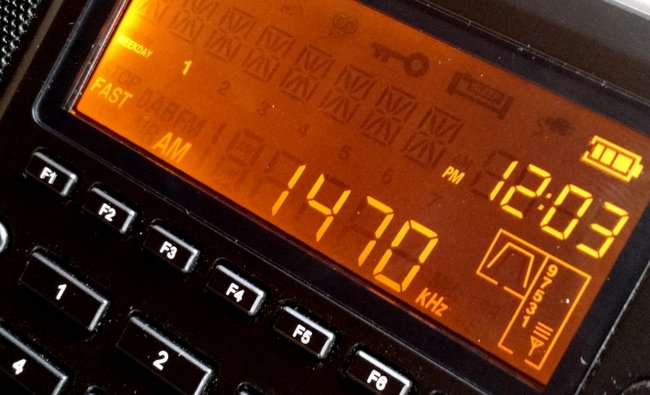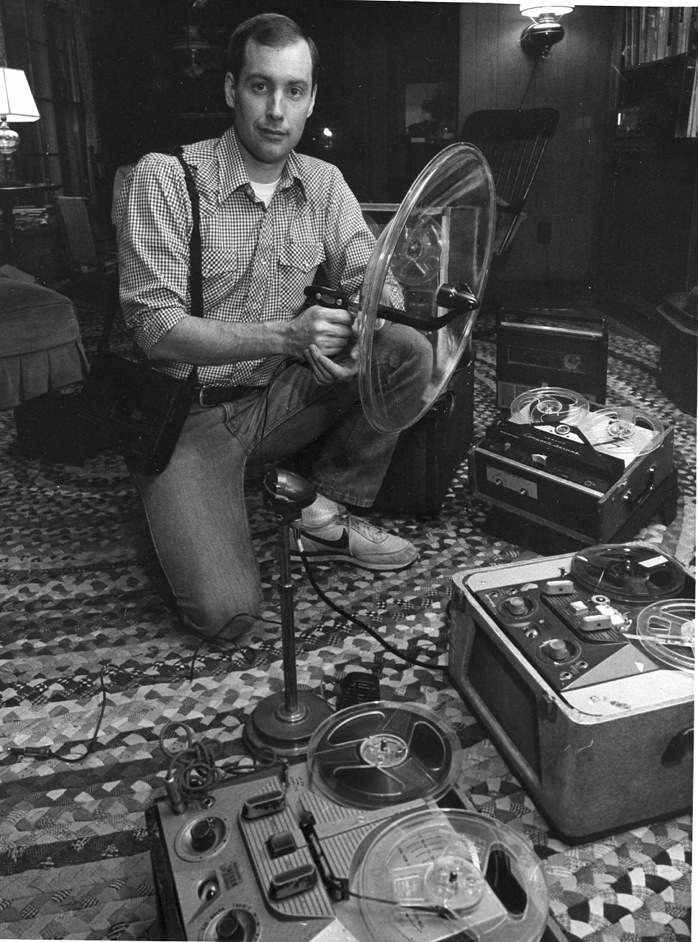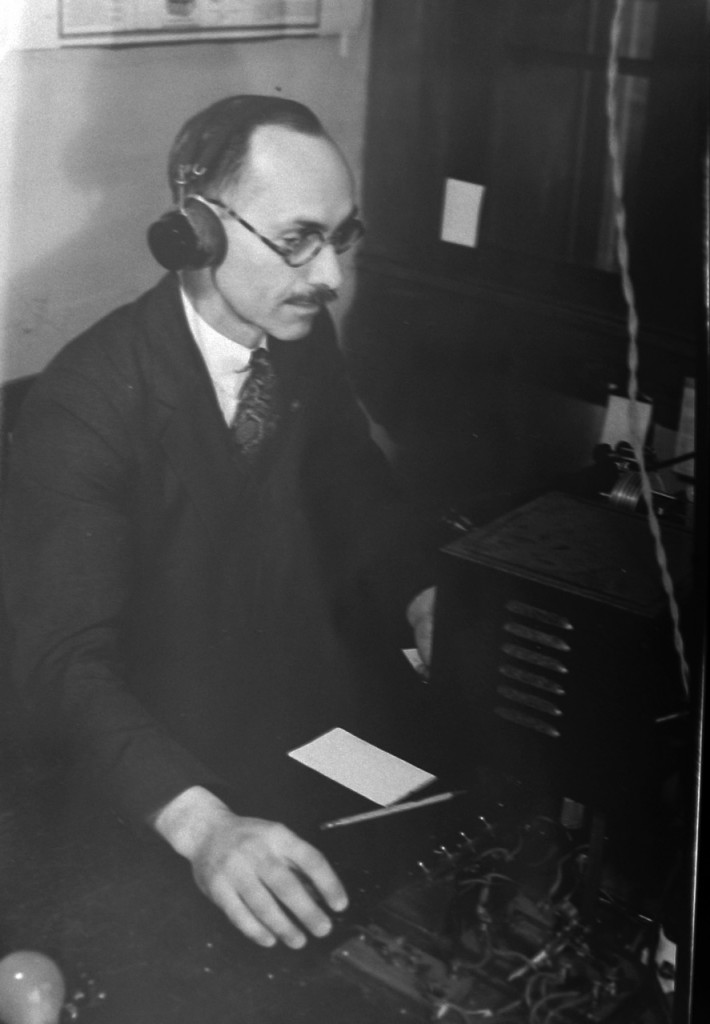 Many thanks to several of you who recorded the final sign-ons and sign-offs of several European broadcasters who pulled the plug on mediumwave transmissions this past weekend.
Many thanks to several of you who recorded the final sign-ons and sign-offs of several European broadcasters who pulled the plug on mediumwave transmissions this past weekend.
SRAA contributor, Richard Langley, recorded the following broadcasts and posted them to our Shortwave Radio Audio Archive. Click on the following links for recordings and Richard’s excellent notes:
- France Info Lille 1377 kHz Final Sign-off: December 31, 2015
- France Bleu Alsace 1278 kHz Final Sign-off: December 31, 2015
- RTL 1440 kHz Final Sign-off: December 31, 2015
- RTL 1440 kHz Final Sign-on: December 31, 2015
Bernhard Albicker of IntervalSignals.org and AM-Tuners also contacted me with links to recordings he made of the following:
Radio Luxembourg (RTL) special broadcast in honor of the former English service:
Notes:
- 00:00:00 CRI german, no closing announcement
- 00:07:49 RTL special broadcast: final 2 hours of RTL “Great 208” from Dec., 1991
- 02:12:12 National Anthem of LUX
Deutschlandfunk DLF final sign-off:
A special thanks to Bernhard for including the following notes from the final DLF broadcast (in German):
- 01:03 Announcement of closure. This announcement was broadcast before the full hour since the month of November followed by time signal and news.
- Within the news at 05:05–item about shutdown of Medium Wave “Era of medium wave ends in Germany” followed by weather report at 05:37
- 46:35 switch from regular programming to interval signal loop
- 51:57 sign off transmitter Nordkirchen 549kHz
- 53:13 sign off transmitter Thurnau 549kHz

 SWLing Post readers may remember
SWLing Post readers may remember 

 Colin Newell from DXer.ca has just announced the return of the DX Podcast:
Colin Newell from DXer.ca has just announced the return of the DX Podcast:

